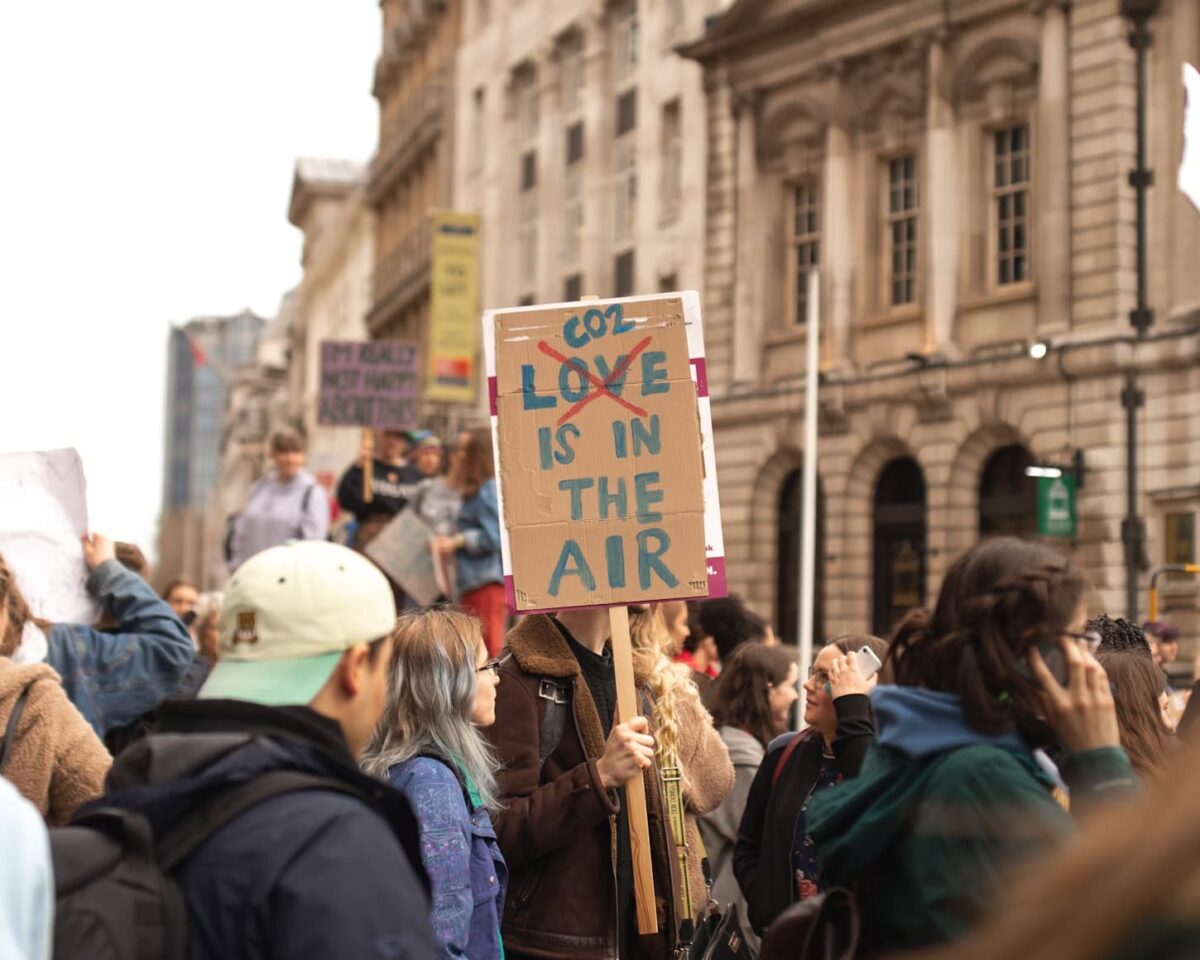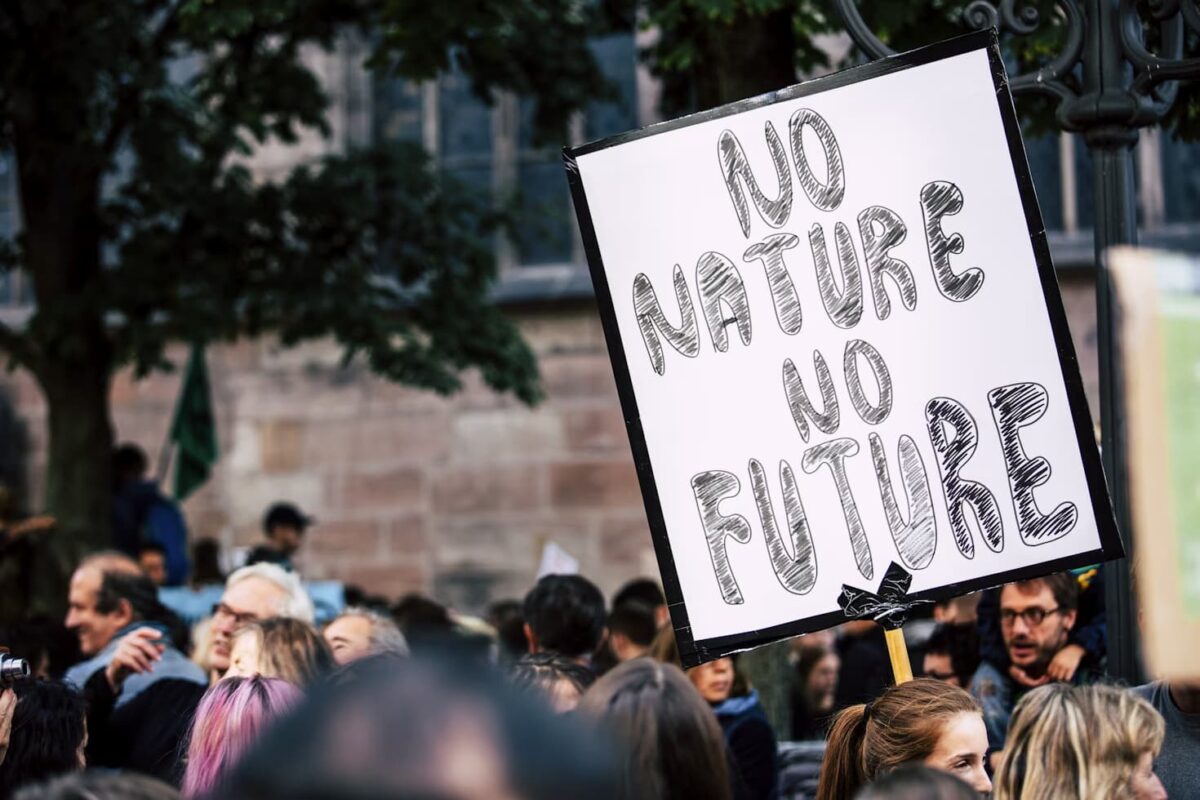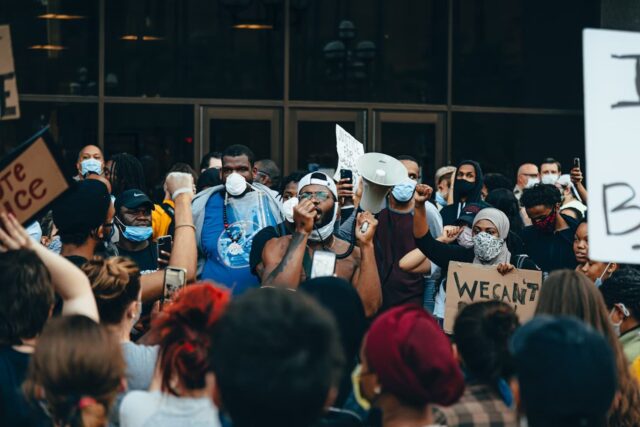Around the world, a growing number of rallies against air travel are taking flight as people confront the environmental impacts of aviation. Environmental groups, activists, and concerned citizens have joined forces in efforts to highlight the damage caused by air travel and to push for significant reforms. These protests, often staged at airports or in major city centers, are part of a larger conversation about reducing the carbon footprint of flying. The emergence of real-time flight tracking tools, like this site, has made the magnitude of air traffic more visible, adding urgency to the calls for change.
The Climate Case Against Air Travel
The environmental case against air travel centers on its outsized role in contributing to climate change. While aviation accounts for around 2.5% of global CO2 emissions, the full environmental impact is much more significant. Aircraft emissions, including carbon dioxide, water vapor, and nitrogen oxides, contribute to the warming of the atmosphere, especially when released at high altitudes. These emissions trap heat, creating a compounding effect that makes aviation a disproportionately large contributor to climate change.
For climate activists, this is a pressing concern. They point out that the rapid expansion of air travel, driven by low-cost carriers and an increasingly mobile global population, is accelerating the growth of aviation-related emissions. Despite promises of technological innovation and carbon offsetting programs, the aviation industry’s emissions continue to rise, complicating efforts to meet international climate targets.

The Emergence of “Flight Shame” and Its Impact
In Europe, the “flight shame” (flygskam) movement has emerged as a key driving force behind protests against air travel. The term encourages travelers to feel a moral responsibility to reduce flying due to its environmental impacts. Sweden, where the movement originated, has seen a notable reduction in domestic flights as more people opt for trains or other less polluting forms of transportation.
One of the most prominent figures in the flight shame movement is climate activist Greta Thunberg, who has refused to fly in her international activism work, famously crossing the Atlantic Ocean by sailboat instead of by plane. Her actions have amplified the conversation around the personal choices individuals can make to reduce their carbon footprint, especially regarding air travel.
This movement has led to a shift in behavior in several countries, with more people choosing alternative means of travel, especially for short-haul journeys. High-speed rail in Europe, for instance, has seen increased popularity, as it offers a viable and more eco-friendly alternative to flights. Some countries have taken legislative action, with France being one of the first to ban certain domestic flights where a train journey of less than two and a half hours is available.
Air Travel’s Unequal Impact on the Global Population
Another point raised in the rallies is the inequity of air travel’s environmental impact. A large percentage of flights are taken by a small fraction of the global population. In fact, studies show that frequent flyers, who tend to be wealthier individuals, are responsible for the majority of air travel emissions, while the majority of the world’s population flies infrequently or not at all.
This inequality in air travel contributes to calls for a “frequent flyer levy,” where people who fly more often would face higher taxes or fees. Proponents of this idea argue that it would help curb unnecessary flying by the wealthy, while still allowing essential travel for those who fly less frequently. This is a way of addressing the disproportionate impact that luxury travel has on the planet while promoting fairness in air travel policy.
Local Impacts and Community Concerns
Beyond the global environmental impact, air travel has significant local consequences for communities living near airports. Noise pollution from aircraft, increased traffic and congestion, and reduced air quality are some of the concerns frequently cited by those living in proximity to airports. In many cases, airport expansion plans have sparked fierce opposition from local residents, who argue that expanding air travel infrastructure will only increase the environmental and social burden on their communities.
These concerns have played a major role in rallying public support for protests against air travel. Communities near airports are particularly vocal in their opposition to expansion projects, organizing protests to stop the construction of new runways and terminals. Environmental activists often align with these local movements, combining concerns about local quality of life with the broader goals of fighting climate change.
Corporate and Government Actions in Response to Protests
In response to increasing pressure from the public and environmental groups, both governments and corporations have begun to explore ways to reduce the aviation industry’s environmental impact. Airlines are investing in more fuel-efficient aircraft, experimenting with sustainable aviation fuels (SAF), and setting ambitious long-term goals to reduce their carbon footprint.
Governments, too, are considering stronger regulatory actions. For instance, the European Union has integrated aviation into its Emissions Trading System (ETS), requiring airlines to pay for their carbon emissions. Some countries have introduced aviation taxes to discourage flying or to raise funds for environmental initiatives.
However, climate activists argue that these steps, while positive, are insufficient in light of the urgency of the climate crisis. They demand stronger, faster action, including capping the number of flights and prioritizing investment in more sustainable forms of transportation. Rallies continue to call for larger government action, pointing out that voluntary industry efforts and slow legislative changes are not enough to meet critical climate targets.

The Future of Air Travel: A Pivotal Moment
As protests against air travel gain traction globally, the aviation industry finds itself at a critical juncture. The benefits of air travel for trade, tourism, and international connectivity are significant, but they are increasingly weighed against the costs to the environment and to the global effort to combat climate change.
Activists argue that flying less, particularly for short-haul flights, is a necessary step in reducing global carbon emissions. They promote alternatives such as trains, buses, and even ships for certain journeys, calling for a shift in the way people view travel. Their goal is not to eliminate flying altogether but to encourage a more responsible and sustainable approach.
Conclusion
The movement against air travel is gaining momentum as the climate crisis intensifies and the public becomes more aware of the environmental cost of flying. These rallies reflect a growing demand for systemic changes to how societies approach aviation, pushing for a future where air travel is not only more equitable but also far less damaging to the planet. As governments and industries grapple with these demands, the question remains whether they will respond quickly enough to the urgent call for climate action.




MOST COMMENTED
Largest protests
How Leaderless Protests Work: Horizontal Movements and Collective Decision-Making
Forms of protests
The Right to Protest: How Rallies and Pickets Influence a Democratic Society
Forms of protests
Digitalization of Protest: How Social Media and Technology Are Changing Street Demonstrations
Largest protests
Digital Technology Revolution – Reshaping Modern Activism
Forms of protests
Advanced Acoustic Protection for Confidential Discussions
Forms of protests
Psychology of Protest: What Motivates People at Rallies?
Largest protests
Rallies Against Air Travel: A Rising Movement in the Climate Crisis Era